A One-Stop Shop for Colliding Wind Binaries
CSIRO Co-learnium 2025
Ryan White
Macquarie University
prev. The University of Queensland
This talk summarises my recently released book chapter on Wolf-Rayet colliding wind binaries.

Or you can access at arxiv.org/abs/2412.12534
The slides will be publicly available on my website.

Or access them here.
Why Wolf-Rayet Stars?
What are Wolf-Rayet Stars?
Wolf-Rayet stars are the final evolutionary stage of the most massive stars
- Very rapid evolution
- Ejected their hydrogen envelope
- Extreme mass loss through dense and fast winds
- Ticking down to Type Ibc Supernovae
- Likely (long) Gamma Ray Burst progenitors
Unfortunately — or perhaps fortunately — these stars are rare in the present-day Galaxy
What do they look like?
WR 18 (ESO)
WR 124 (NASA/ESA)
WR 7 (ESO)
The overwhelming majority of massive stars are born in binaries or higher order systems...
What happens when we have a WR star in a carefully configured binary?
WR 140 (NASA/ESA)
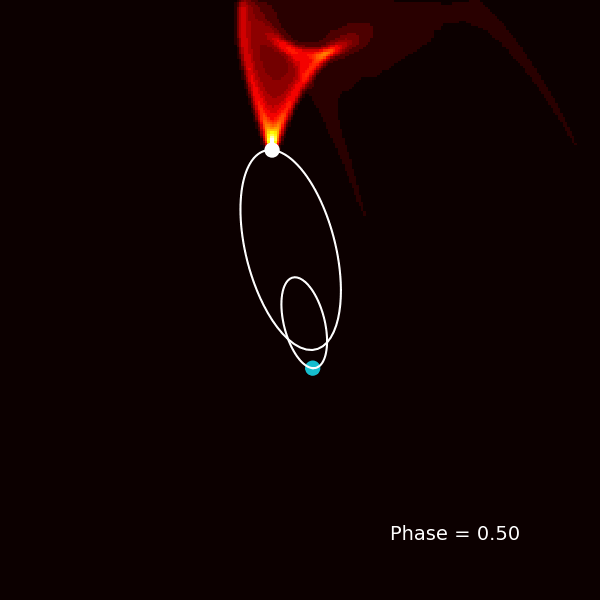

- Spiral plumes created as massive stars orbit each other
- Dynamic on human timescales
- First directly imaged ~25 years ago. Need sensitive infrared telescopes with high angular resolution
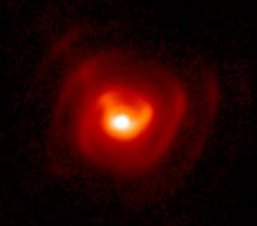
WR 112
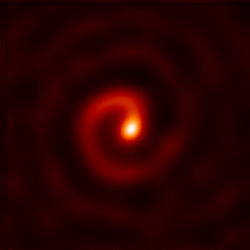
WR 104
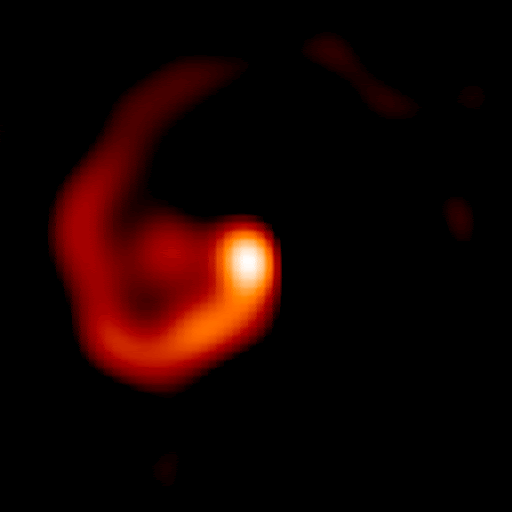
WR 98a
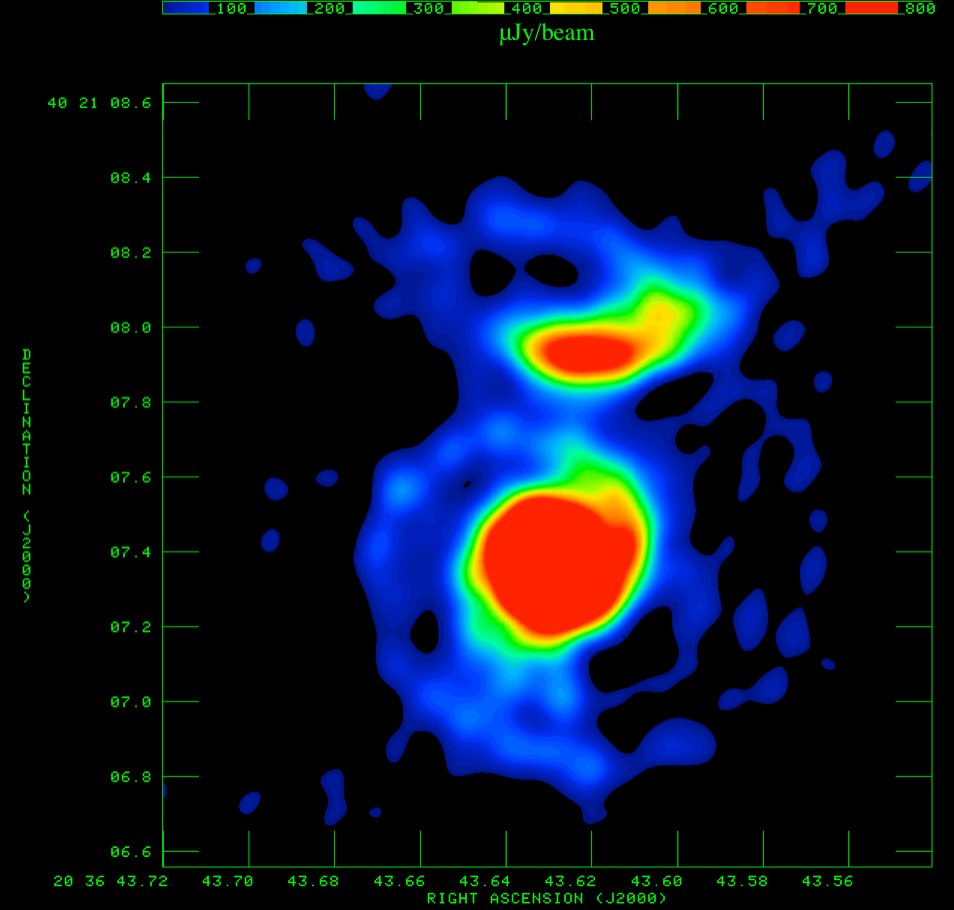
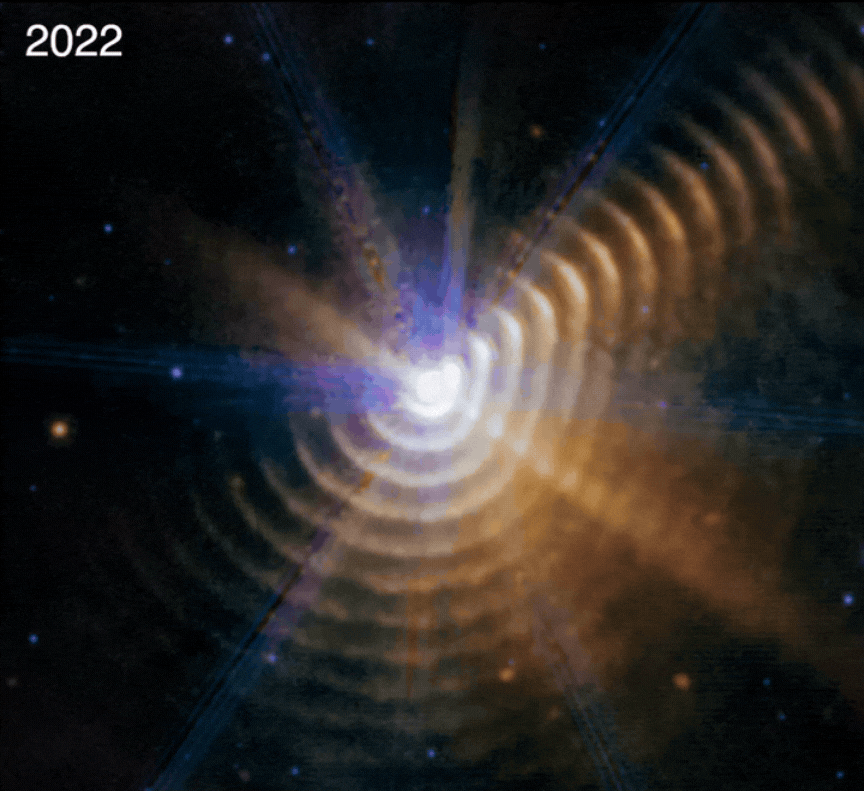
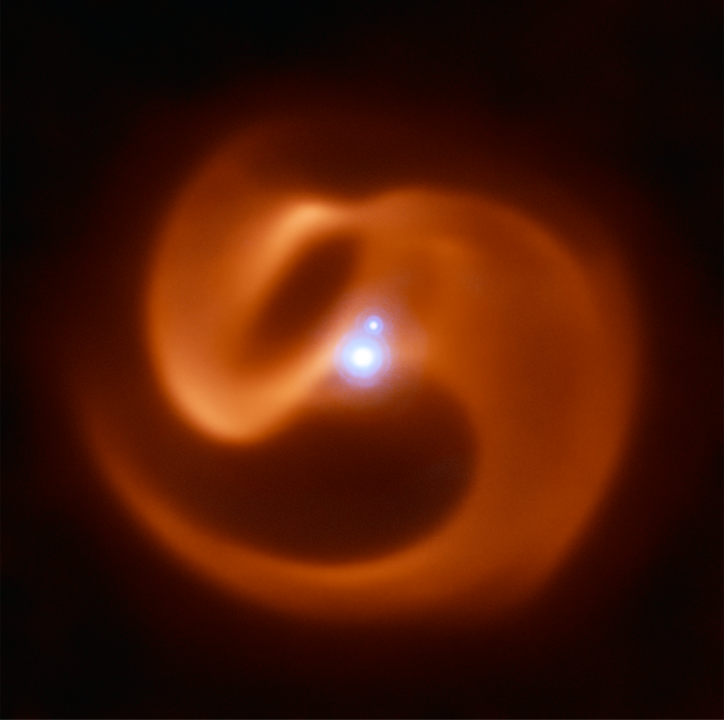
Apep

Apep
- Only known system with two evolved WR stars
- Longest period CWB with a dust nebula
- Brightest source in the Sydney Radio Star Catalogue, despite being ~2.5kpc away
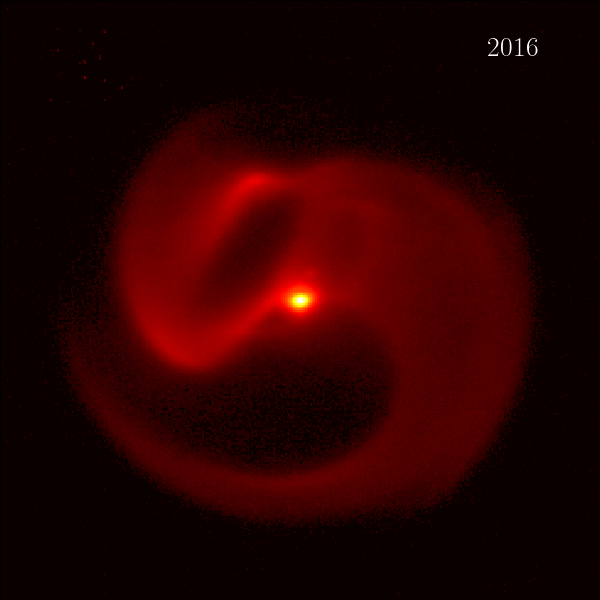
Apep
Watch this space...
There are several ways to determine the orbital solution of the binaries
This gives us clues into the evolutionary history of the binaries, and what their future has in store
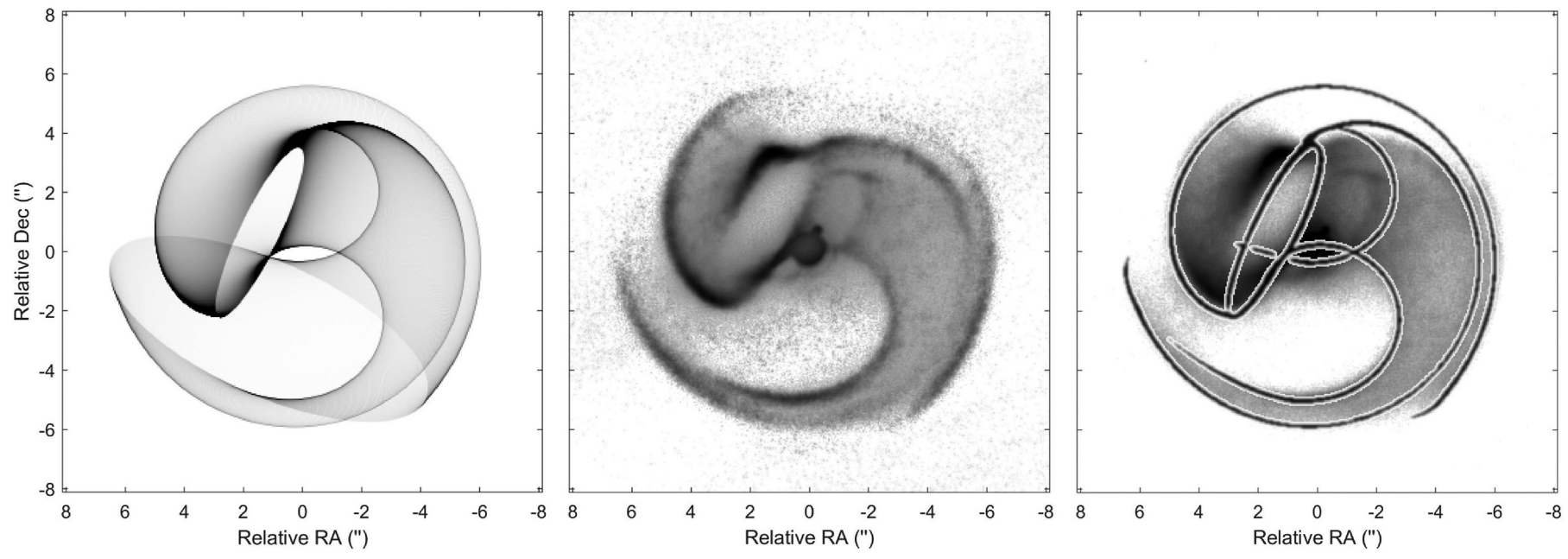
Apep geometric modelling, from Han (2020)
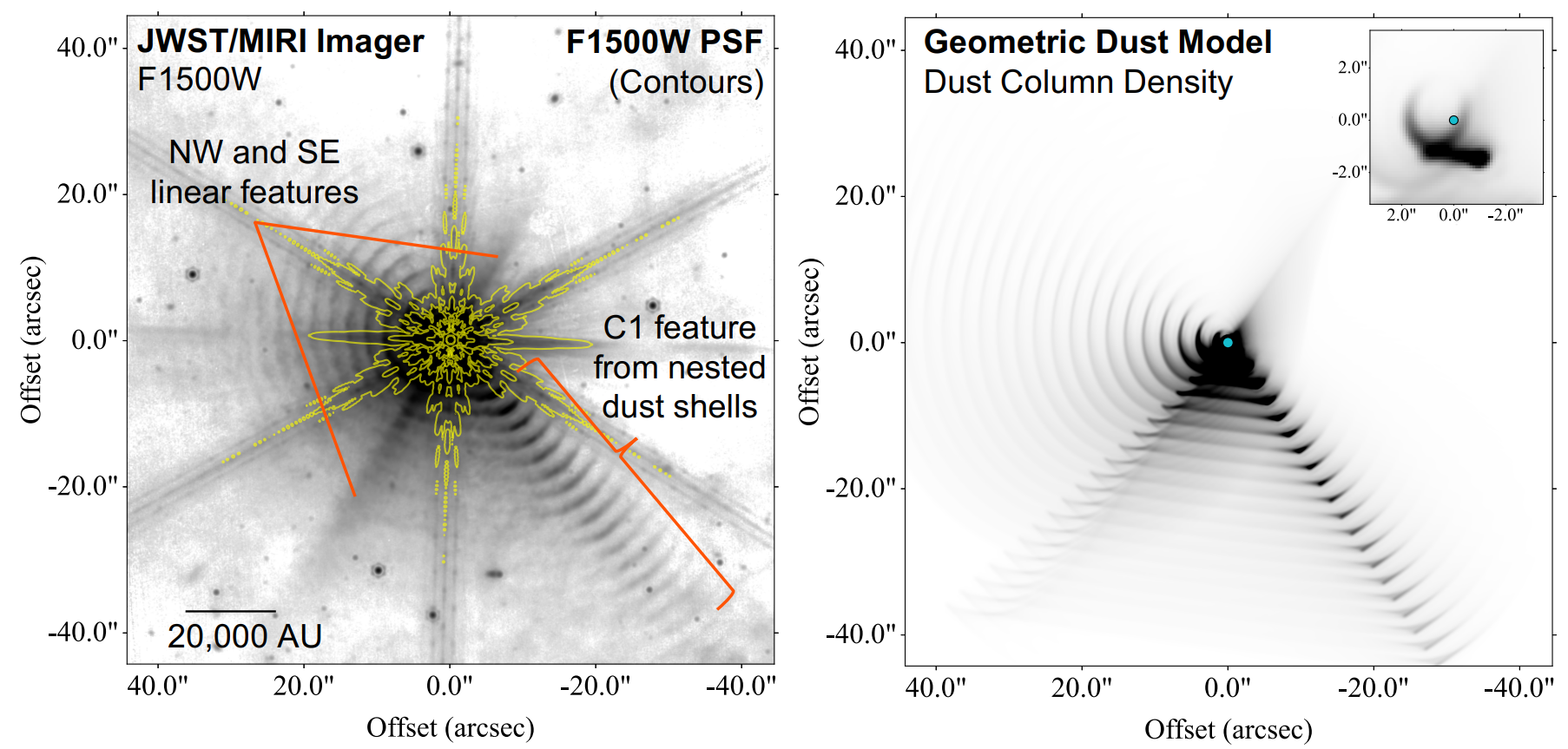
WR 140 geometric modelling, from Lau (2022)
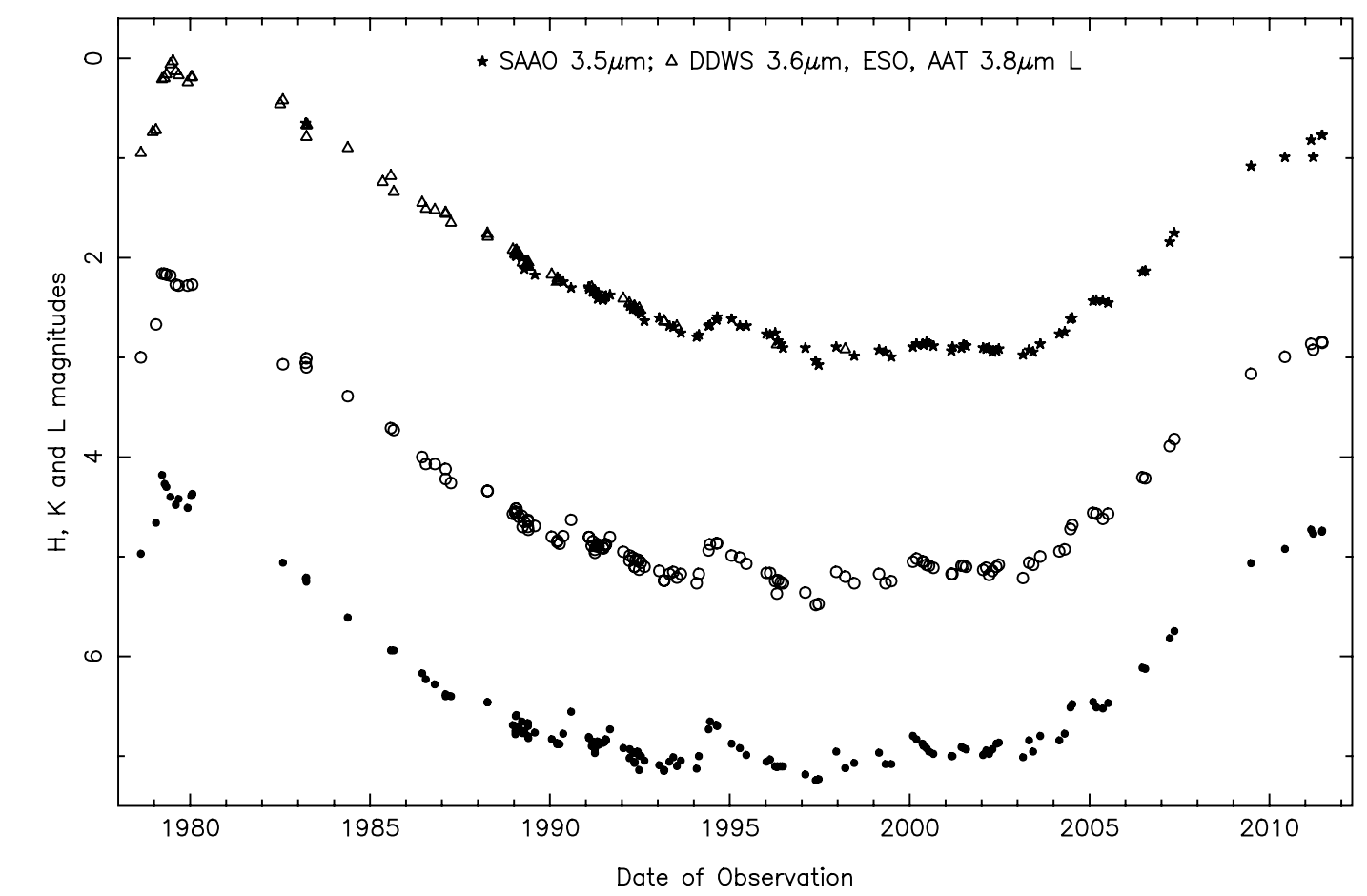
WR 48a light curve, from Williams (2012)
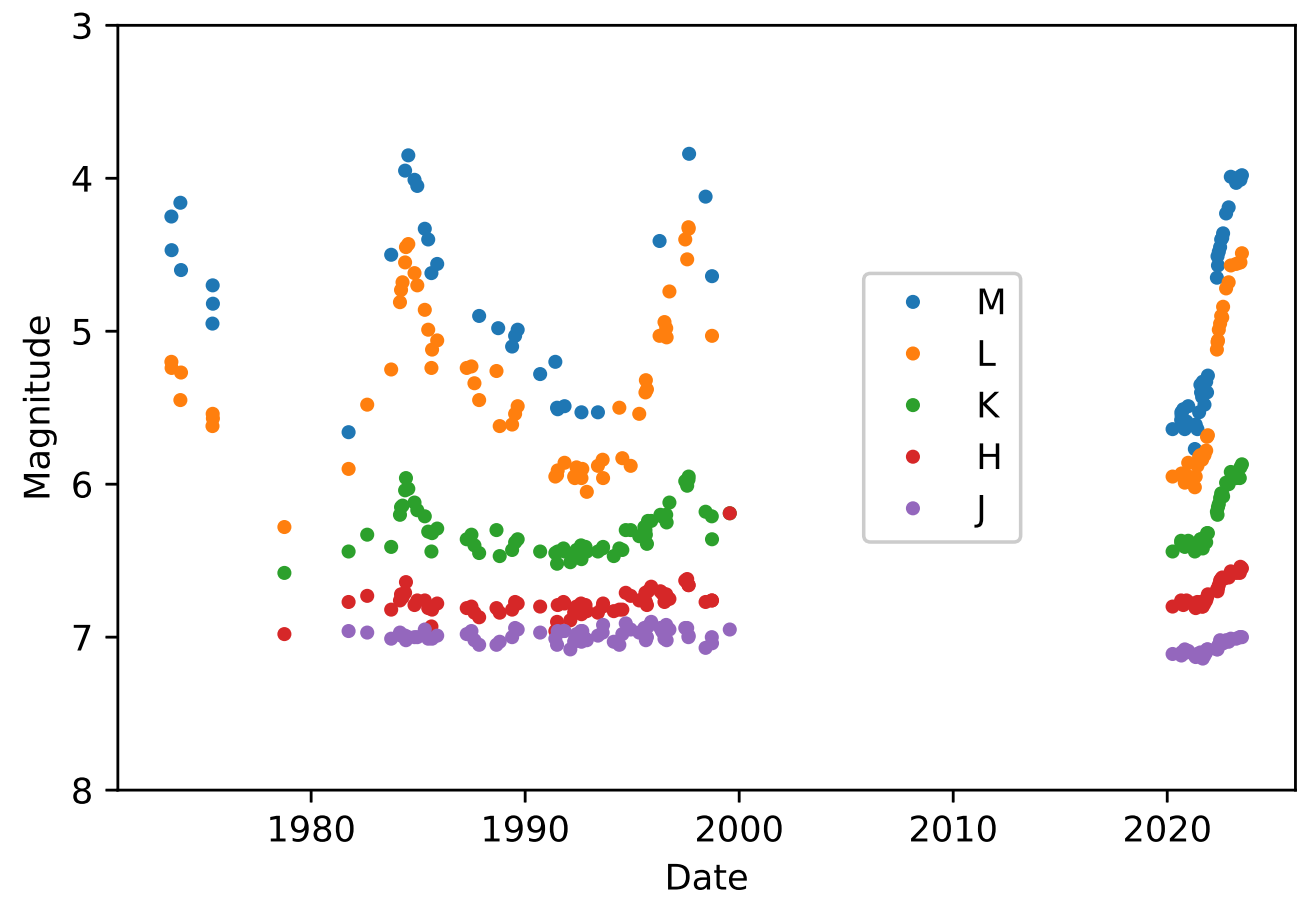
WR 137 light curve, from Peatt (2023)

WR/CWB Radio light curves, from Driessen (2024)

Apep Wind Collision Region with the LBA, from Marcote (2021)

We can also clearly see a WCR in the radio image of WR 147, Rodriguez (2020)
In summary...
- Interesting things happen when you put massive stars together, even more so if one or more are evolved
- The colliding wind nebulae appear as cosmic fingerprints which allow us to uniquely determine orbits and winds
- Colliding wind binaries are bright across the EM spectrum, and there's a lot left to learn from gamma rays to radio
- Several new JWST pictures to release this year, including work I've done on Apep + others
In summary...
- Interesting things happen when you put massive stars together, even more so if one or more are evolved
- The colliding wind nebulae appear as cosmic fingerprints which allow us to uniquely determine orbits and winds
- Colliding wind binaries are bright across the EM spectrum, and there's a lot left to learn from gamma rays to radio
- Several new JWST pictures to release this year, including work I've done on Apep + others
Chapter

Slides
